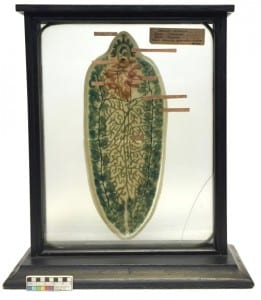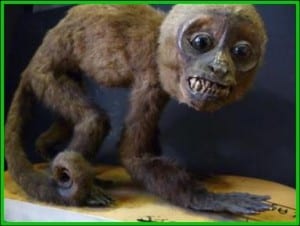Specimen of the Week 275: Mystery wax models
By Tannis Davidson, on 20 January 2017
In a departure from tradition, this week’s blog will focus on what we don’t know about a specimen, rather than what we do know. The reason being is that the specimen in question is rather mysterious. All of the usual pieces of information which can help identify a specimen are lacking – no number, no entry in the accession records, no associated documentation and no taxonomic information.
A perfect candidate for some major research which is why it was ‘auctioned’ as a mystery object to this year’s students taking part in the Collection Curatorship class as part of their MA in Museum Studies at UCL. The aim of this course is to introduce students to the core skills of a curator : to understand objects and how to research them. Luckily for us, the ‘natural history’ group chose this specimen and are about to flex their collective research muscles in order to help identify this specimen…
 Close
Close






